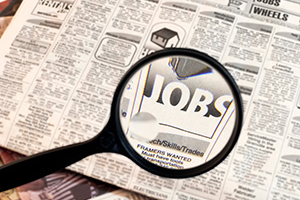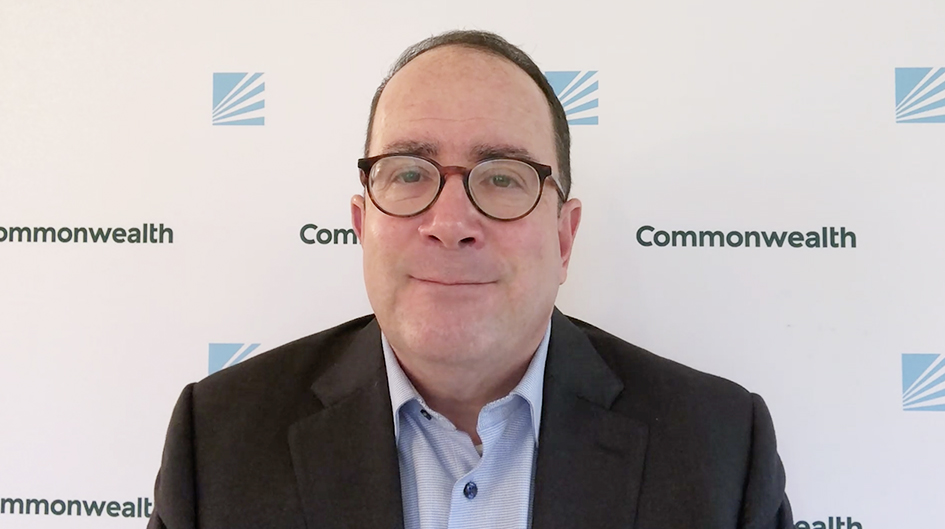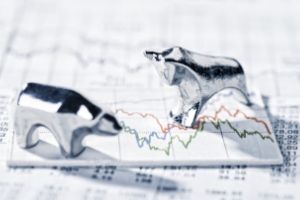Last week saw a number of economic updates, with a focus on business confidence, the November jobs report, and October’s international trade report. This week will be relatively quiet, with November’s inflation reports and a first look at consumer sentiment in December serving as highlights.














